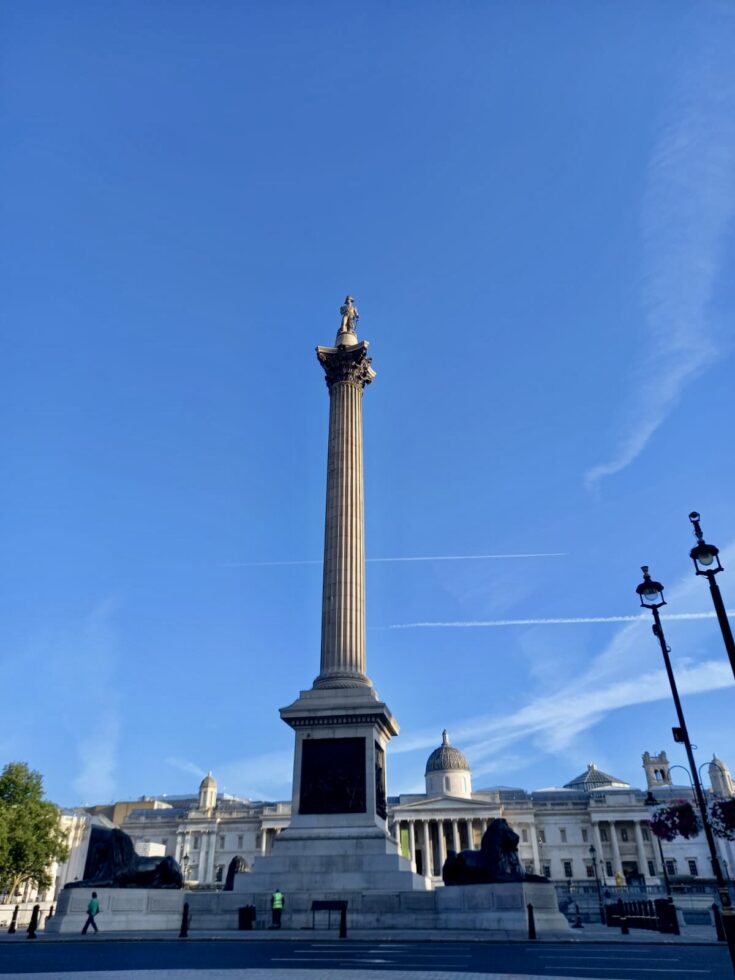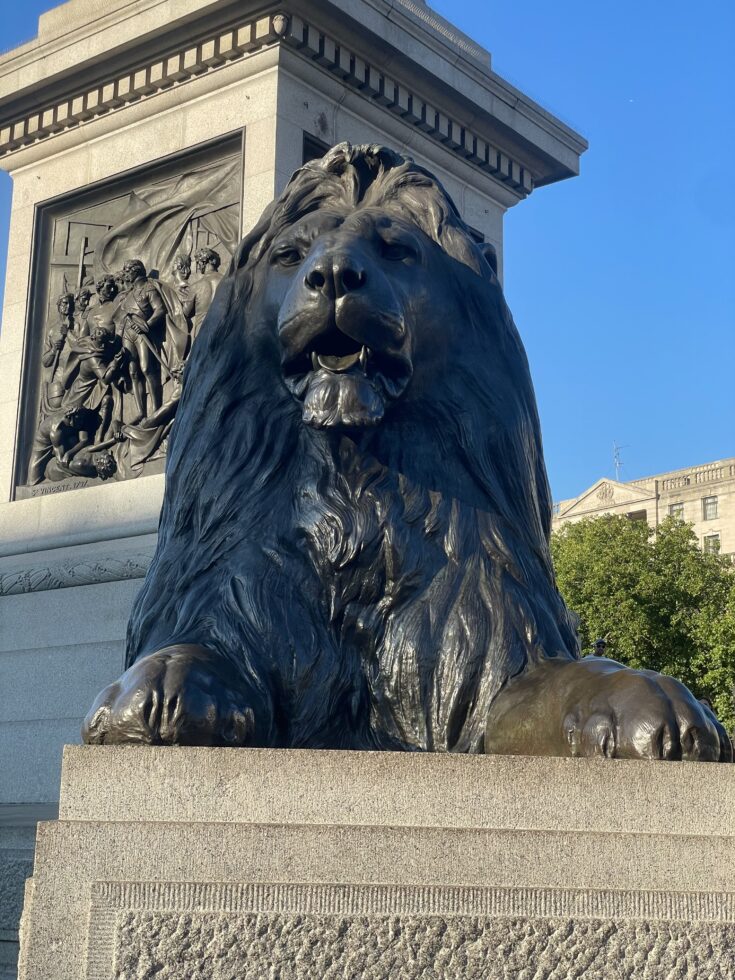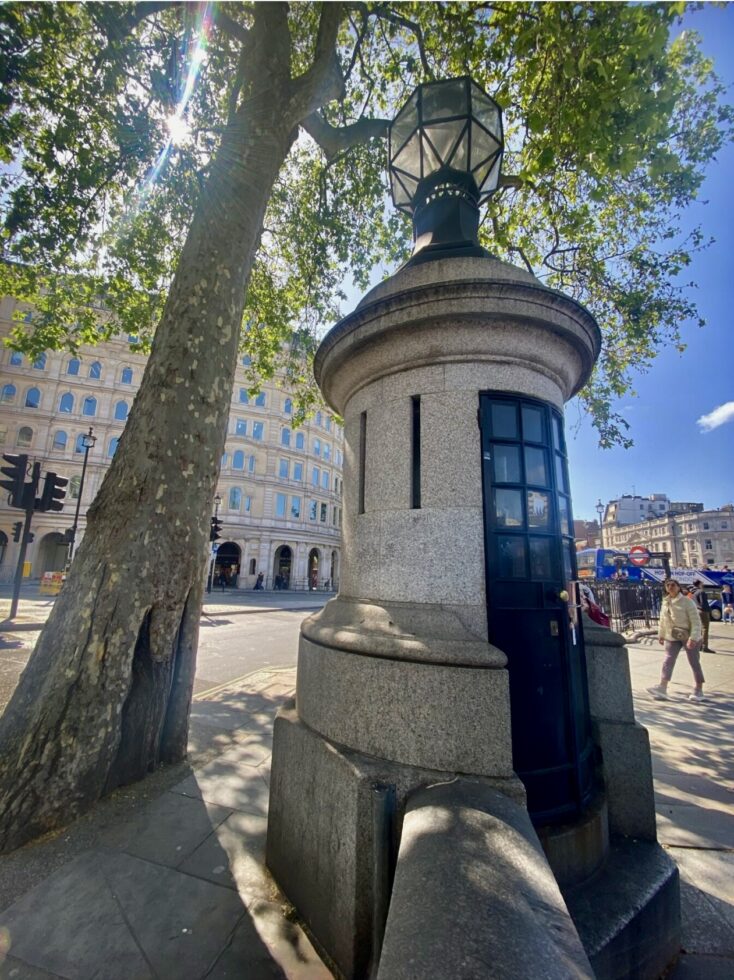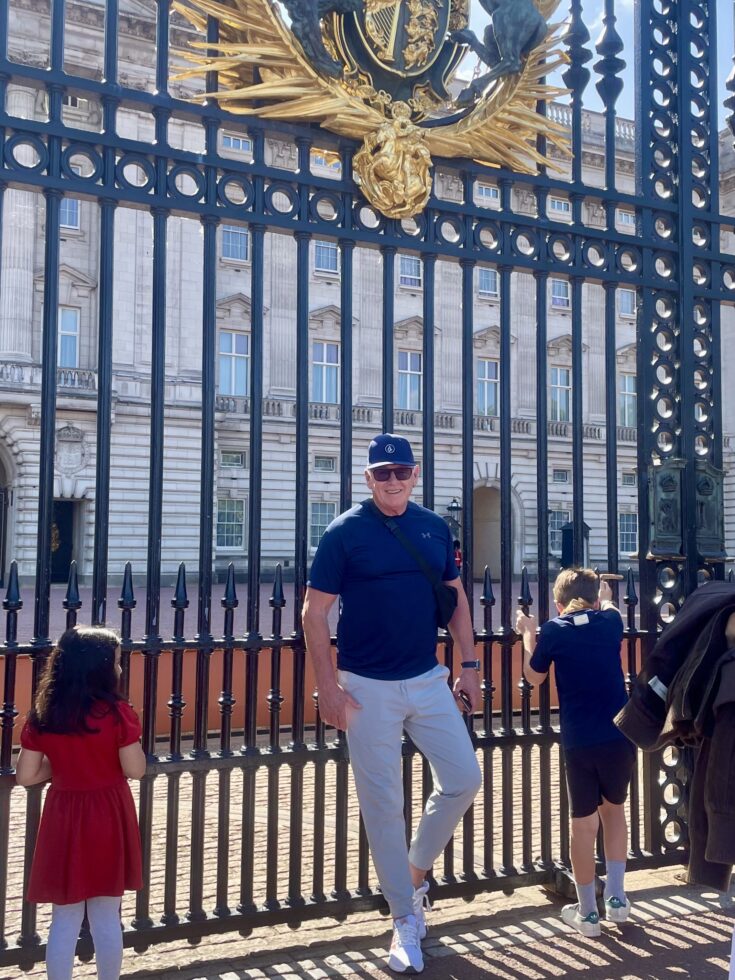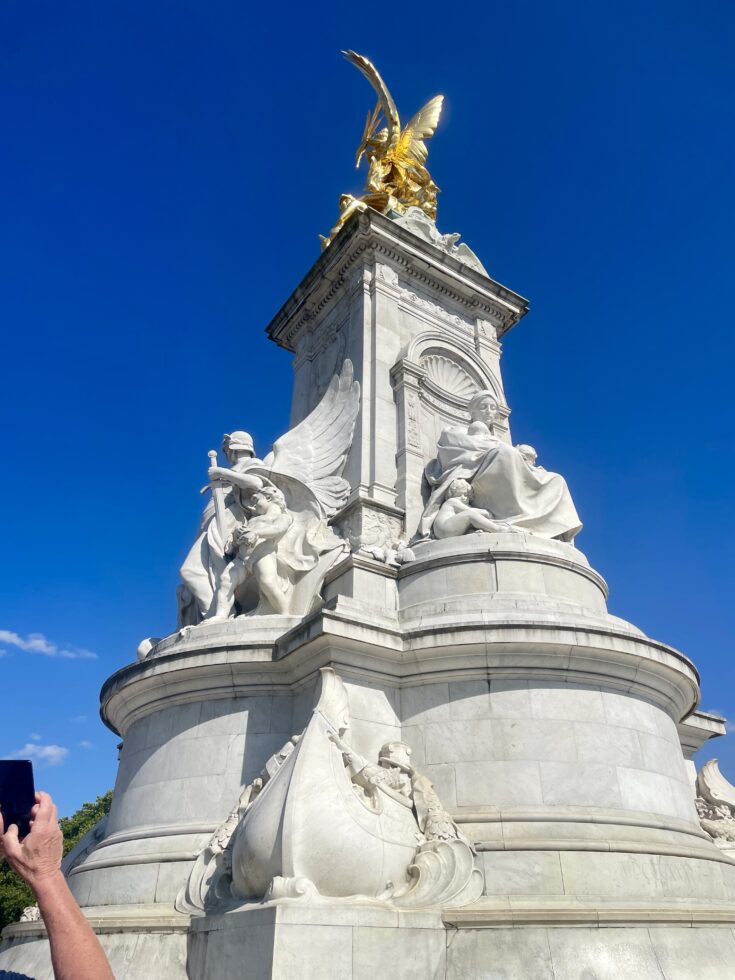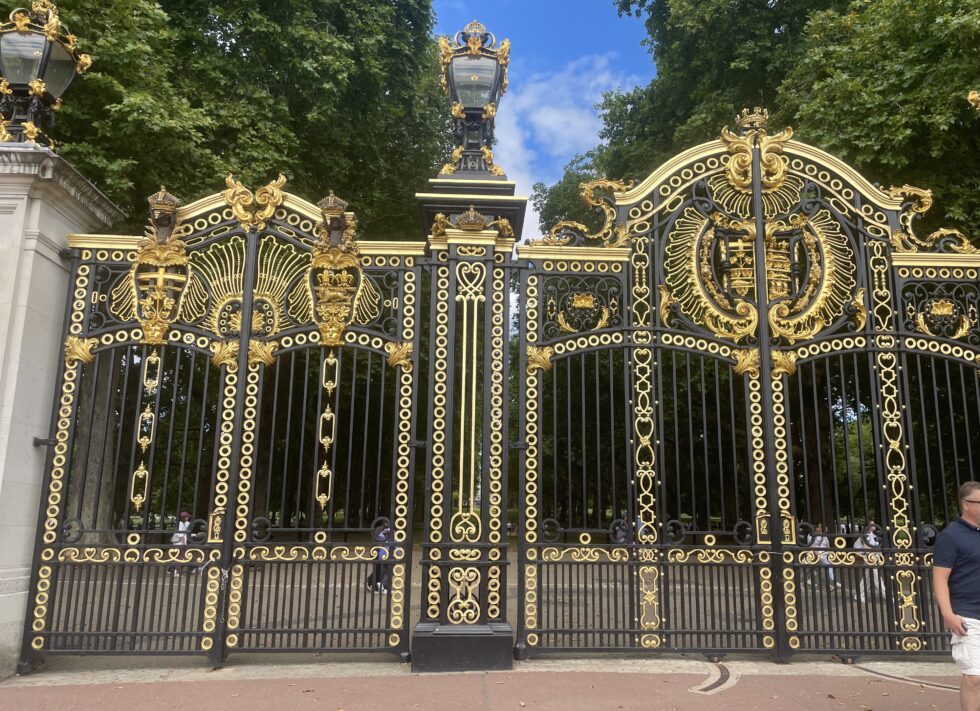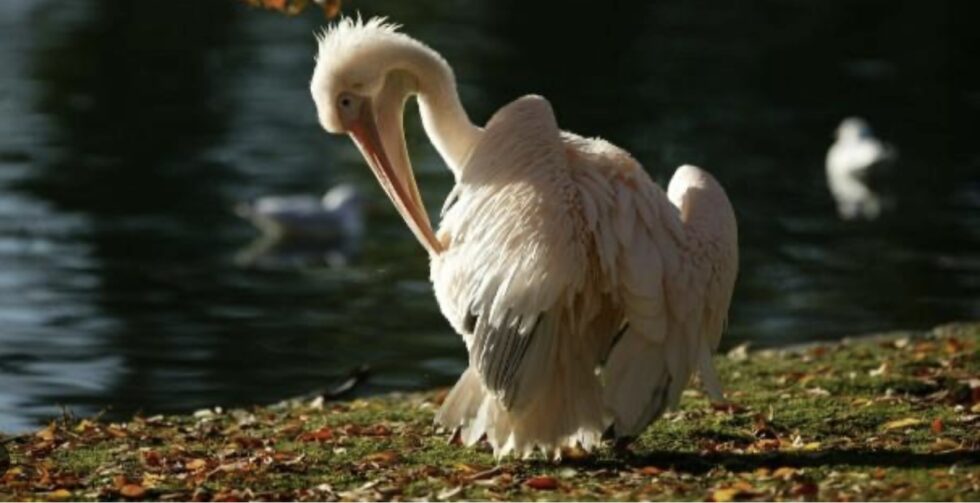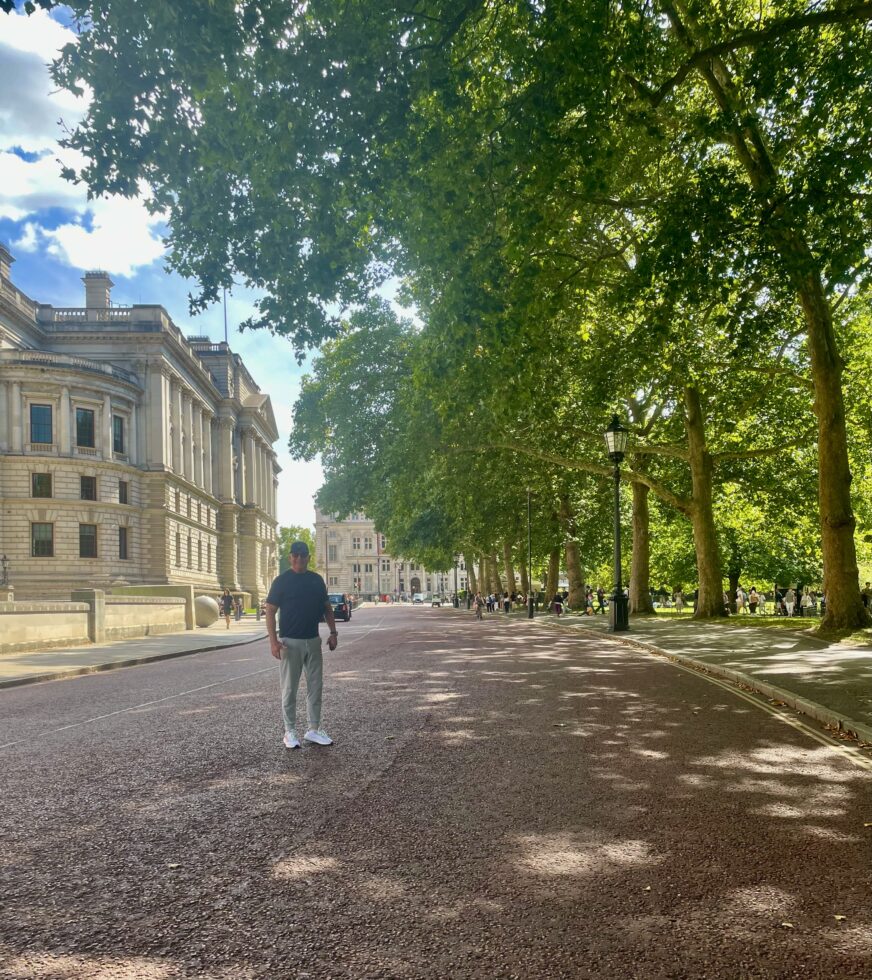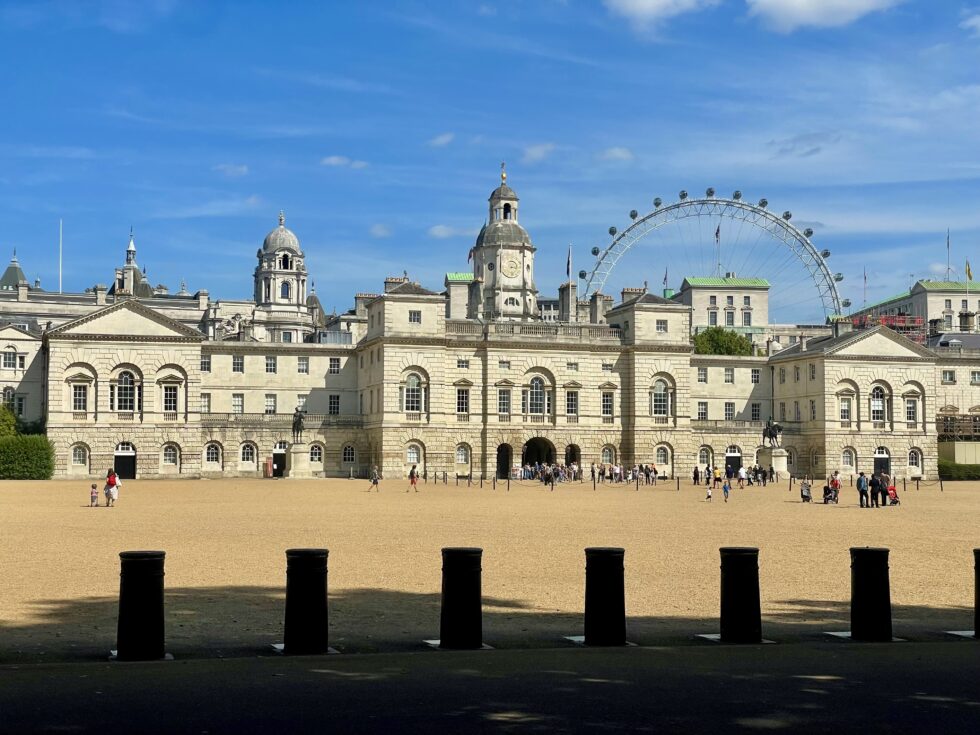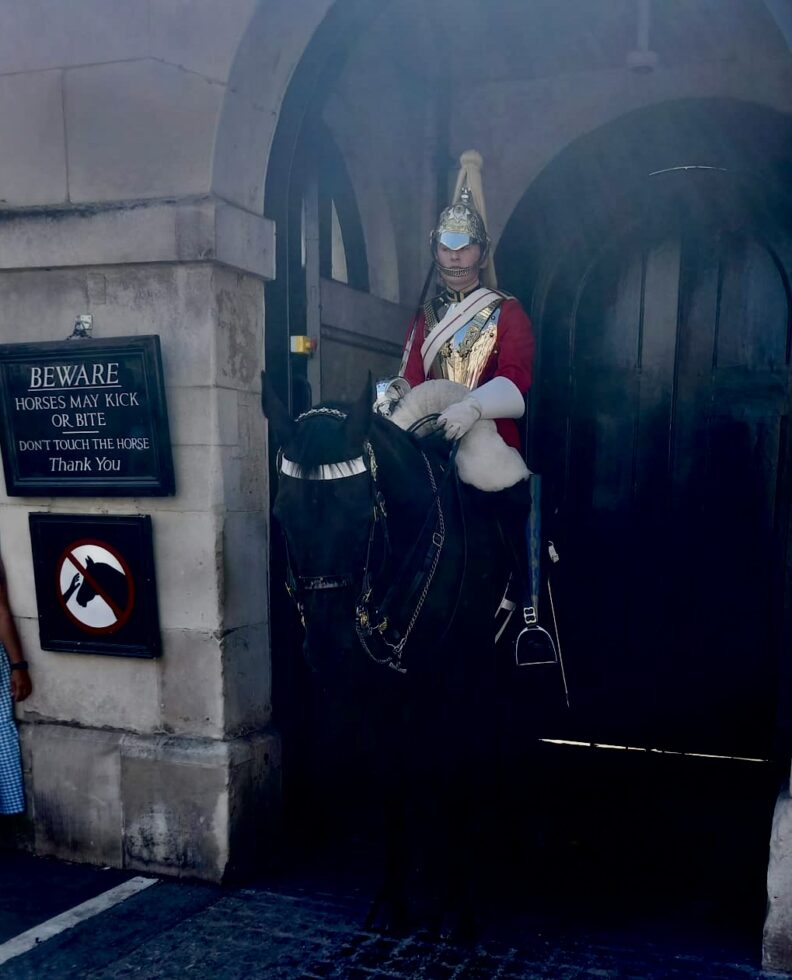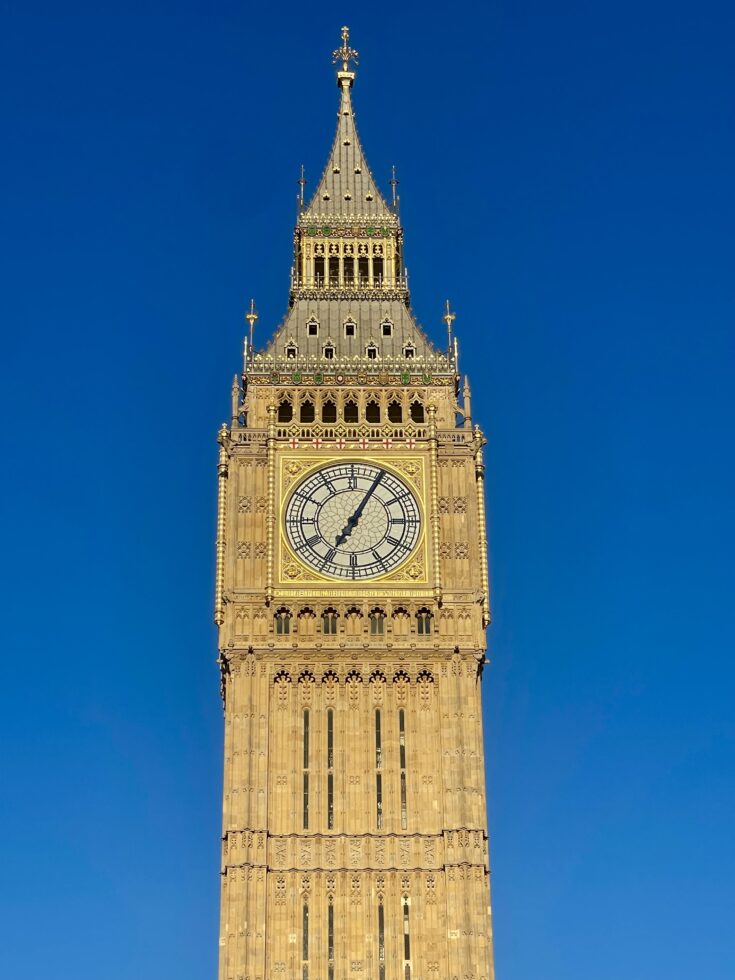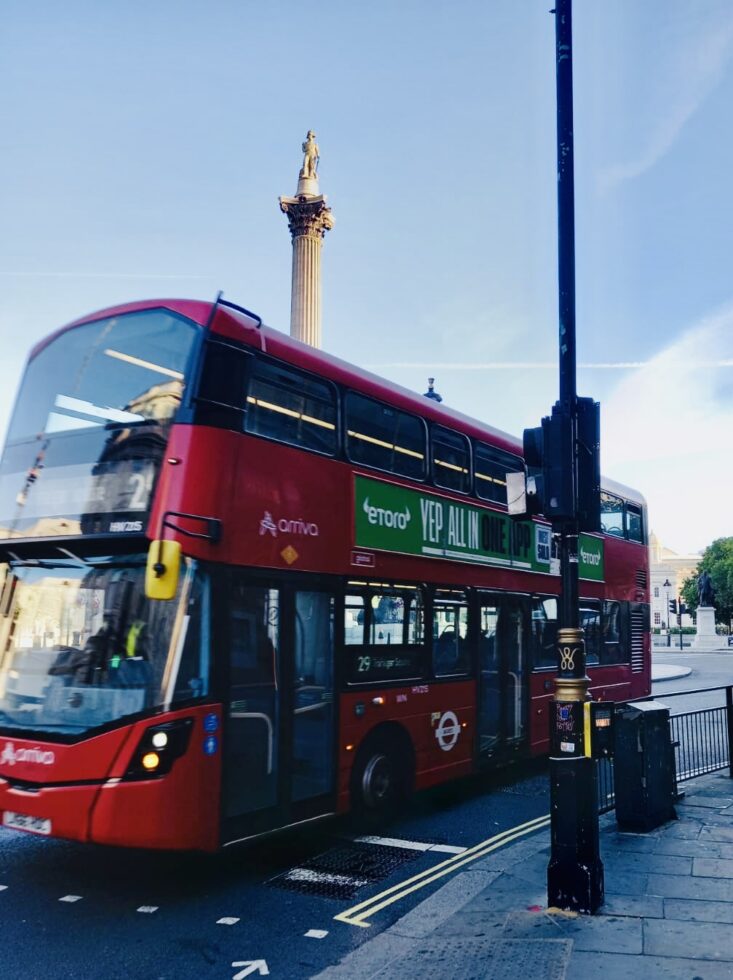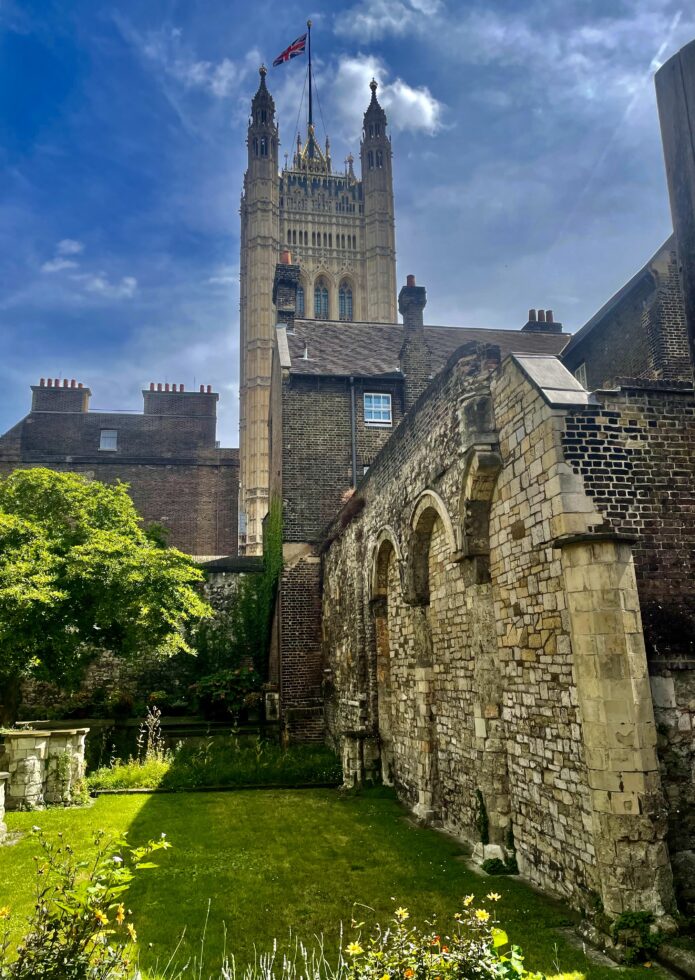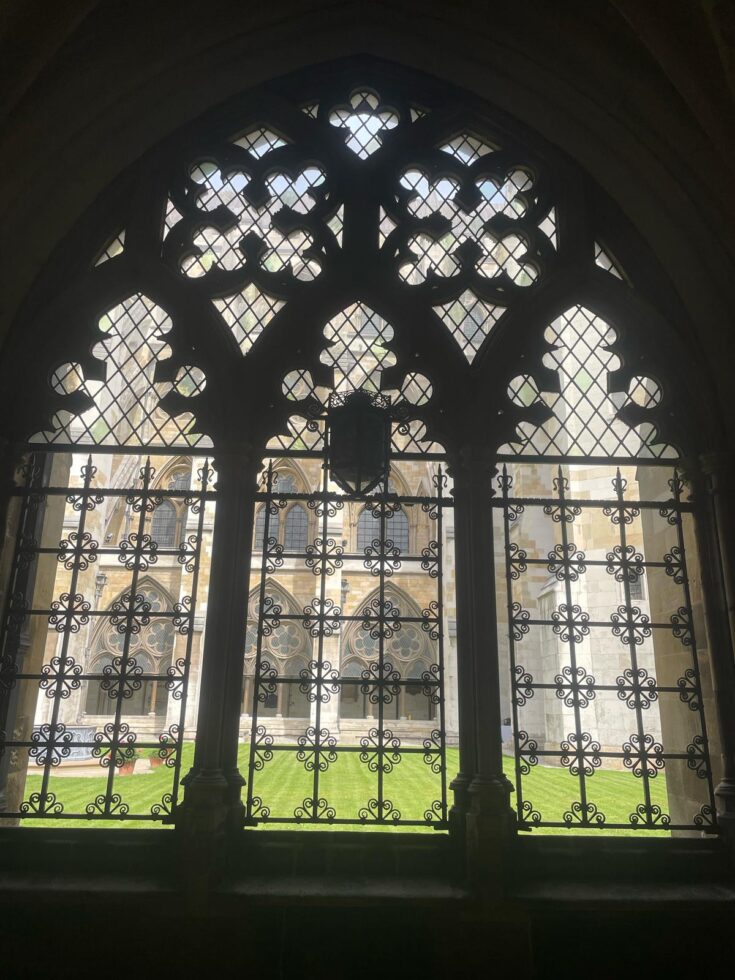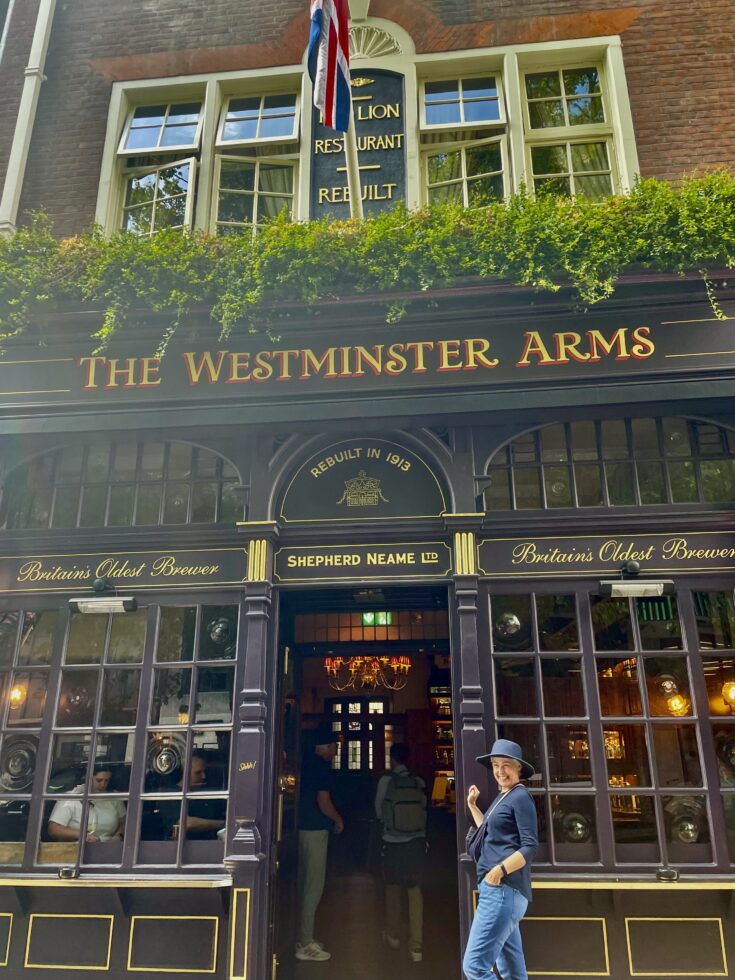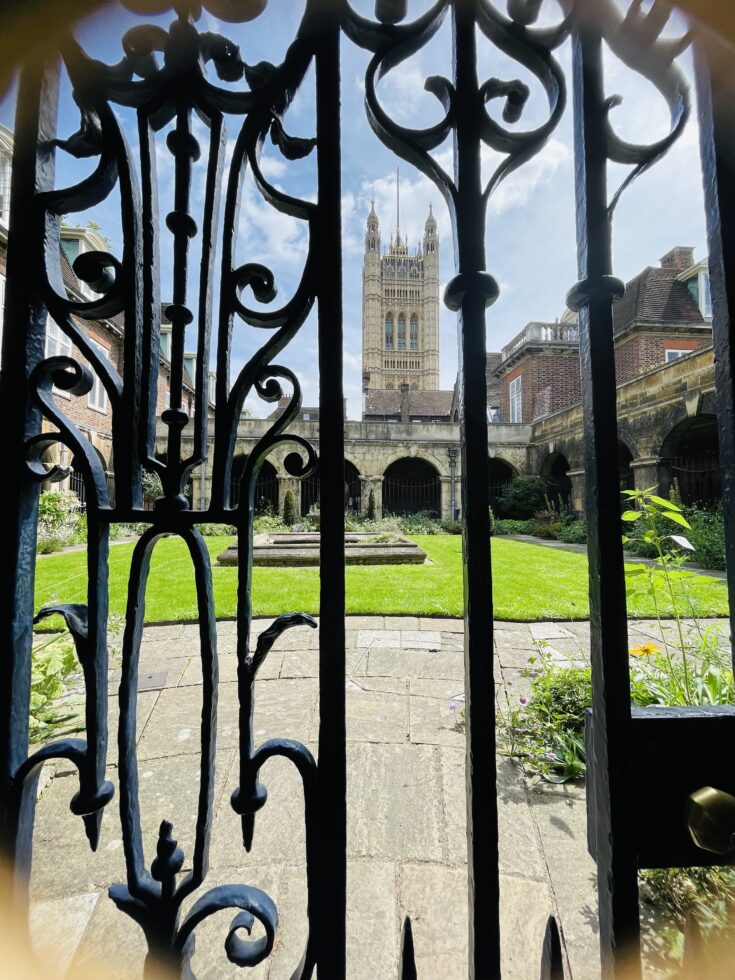The Australian War Memorial – London
Hi there lovely readers! The feet are getting weary but not the enthusiasm! While I compile a snapshot of highlights from the last few days, thought I’d share two particularly moving London Memorials.
Tucked into Hyde Park Corner, right where London’s ceremonial heart beats between The Mall and Buckingham Palace, stands a piece of home: the Australian War Memorial.
Amidst its fellow monuments to war, this one doesn’t shout. Instead, it rises gently from the park, a sweep of Australian granite that feels part sculpture, part landscape.
It’s worth taking a closer look for when you do, you’ll see the walls covered in 23,844 place names — the towns and regions our lost Australians called home before leaving to serve in the World Wars. Layered over these are the names of 47 battles where they fought. Quite moving as it’s vast, yet intimate, every word carved in that stone carrying its own story.
Architect Peter Tonkin described the design as reflecting Australia itself — wide, generous, open — with subtle nods to gum leaves and even a boomerang in the curving form.
A place of remembrance, yes — but also of connection. The two men beside me, our host and G, both Military men, are somber at the thought that even here, in the centre of London, Australia’s stories and sacrifices are etched into the city’s fabric.
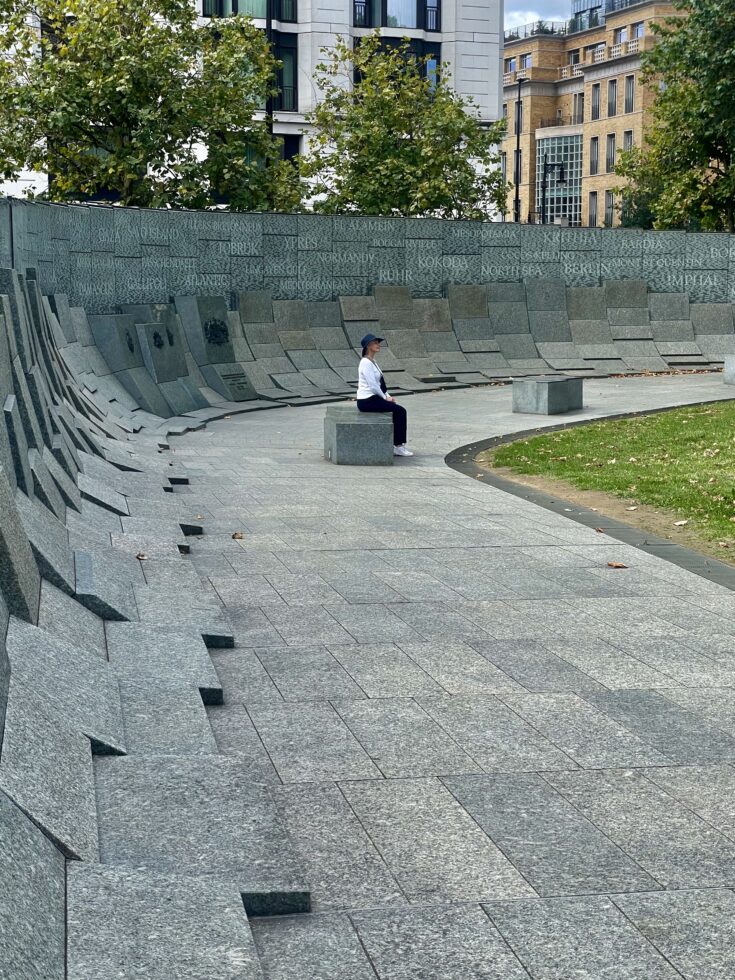
 The Women of World War Two Monument
The Women of World War Two Monument
Strolling around Whitehall we paused to admire this striking bronze monument honouring the seven million women who kept Britain running during WWII. After checking out the War Rooms, we identified that the bold gold lettering across it even mimics the font of wartime ration books.
Around the outside hang 17 sculpted uniforms and helmets, symbolising the hundreds of jobs women took on — from mechanics, engineers, and bus drivers to air raid wardens and munitions workers. Yet when the war ended, most were expected to “quietly hang up their uniforms” and return to domestic life.
As history shows, women’s contributions were often overlooked, but they were extraordinary: more than 640,000 served in the armed forces, including pioneers like Lilian Bader, one of the first women to qualify as an instrument repairer with the WAAF, and Georgina Masson, the first Black woman officer in the ATS.
Standing before the monument, you can almost feel the weight of those stories — women who shaped history but too often faded into its margins.
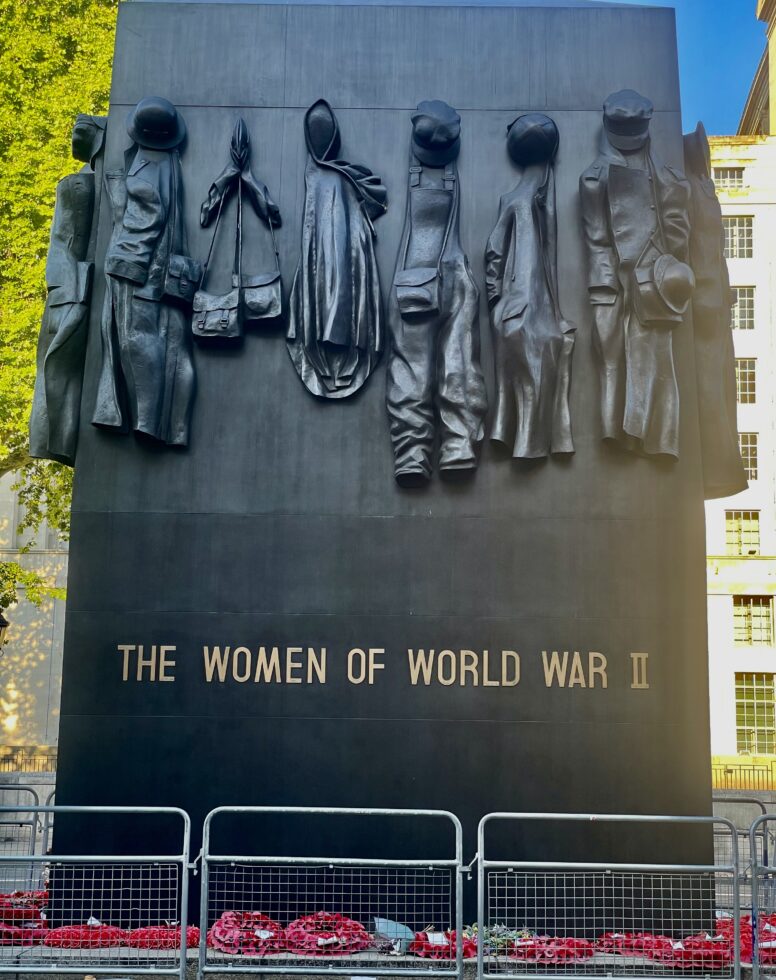
So many more monuments in recognition of the many wars fought, however I felt compelled to tell the story of two that particularly pulled at our collective heart strings. More soon and continuing the military theme with a day trip to Portsmouth tomorrow.

